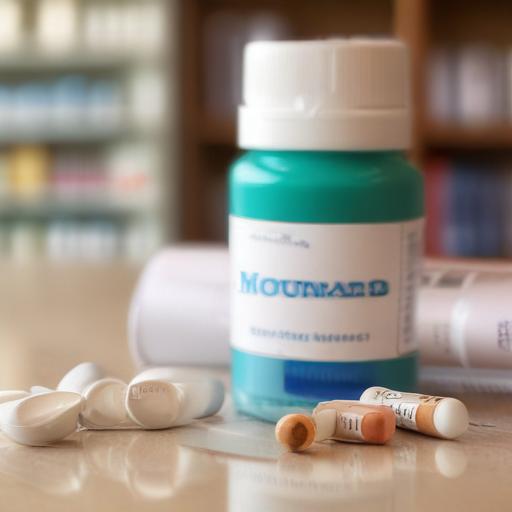Warning over “golden dose” prompts safety calls as UK price rise and shortages loom
Experts are warning Mounjaro users in the UK about attempts to squeeze an extra dose from prescribed KwikPen syringes, a practice linked to the so-called “golden dose.” Under current weight‑loss plans, patients receive four weekly doses injected from the KwikPen, which is designed for four fixed doses and should be discarded after use.
Some patients have been extracting leftover liquid from the pen after the four doses, priming the device in a way that could deliver a fifth dose. Social media groups and some YouTube tutorials offer step‑by‑step guidance, and “golden dose plungers” can even be bought on online marketplaces. This has prompted warnings from pharmacists and healthcare professionals that such methods are unsafe and unregulated.
Olivier Picard, who chairs the National Pharmacy Association, described the practice as “completely inappropriate” and potentially dangerous. He noted reports of people using pliers or other tools to access more liquid, increasing the risk of contaminating the medication with plastic or glass fragments and making the exact dose impossible to gauge. He urged patients to speak with a pharmacist rather than turning to social media for dosing advice.
The warnings come as Eli Lilly, the maker of Mounjaro, prepared for a price increase in September. The company suspended sales of the drug to UK wholesalers ahead of the price rise, which is expected to affect access for some patients. The monthly cost for the highest dose is set to jump from about £122 to roughly £330, contributing to rising demand and shortages.
Pharmacies have reported stockouts as demand spikes. Superdrug, among others, said it was out of stock due to extremely high demand but hoped to start accepting new orders next week. In social media discussions this week, some users mentioned considering the “golden dose” while waiting for their next delivery.
Major chains have cautioned against the practice. Asda warned that taking a “fifth dose” could interfere with the prescribed plan and potentially worsen side effects, such as sickness, constipation, or diarrhoea, because the exact amount administered cannot be guaranteed. The Family Chemist online pharmacy added that unmeasured, extra liquid could cause dangerous side effects and advised sticking to the prescribed doses and disposing of the pen safely after use.
In response, Lilly stated that the KwikPen is designed to deliver a fixed volume of Mounjaro with enough solution to prime the device and deliver four doses. The pen’s cartridge may retain some medication after the four doses, but it cannot dial an additional complete dose. It must be discarded after four doses or 30 days from first use.
What this means for patients
– Do not attempt to extract a fifth dose. The extra liquid is intended for priming only and is not an additional, safe dose.
– Follow the prescribed four‑dose plan and dispose of the pen once you have completed four doses or after 30 days, whichever comes first.
– If you have questions about dosing or concerns about supply, speak directly with a pharmacist rather than consulting social media or unverified videos.
– Be aware that price rises can worsen access and shortages, so plan with healthcare providers for continued, safe treatment.
Summary
As UK patients face higher costs and potential stock shortages for Mounjaro, health professionals are stressing the importance of avoiding unapproved dosing methods. The official guidance remains that four fixed doses are all that a KwikPen delivers, and the device must be discarded after use. Pharmacists and Lilly are urging patients to rely on professional advice to maintain safety and effectiveness while the market adjusts to the new pricing.
Additional note
If you’re managing Mounjaro as part of a weight‑loss plan, keep in close contact with your pharmacist or prescriber, especially during periods of supply disruption or price changes. A proactive approach can help ensure you receive the right dose safely and avoid potential adverse effects. Positive news is that clinicians and manufacturers are actively communicating safety standards and supply strategies to protect patient health while the pricing and distribution landscape stabilizes.
